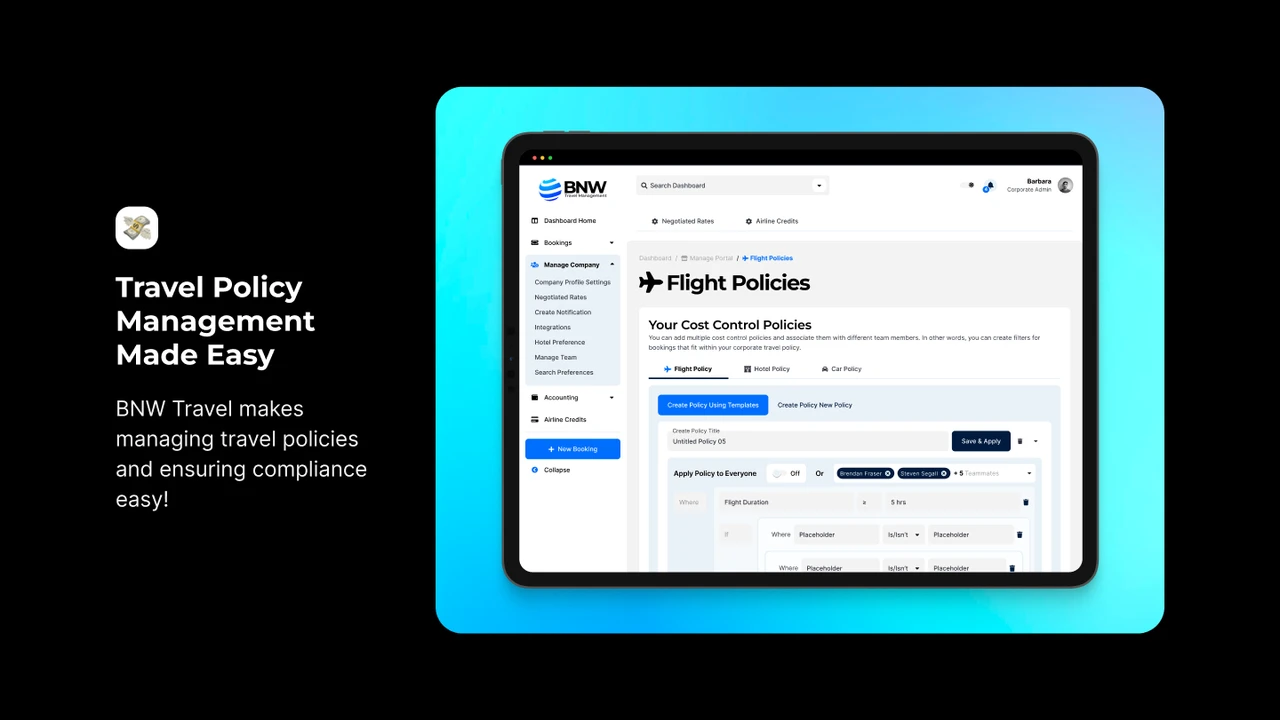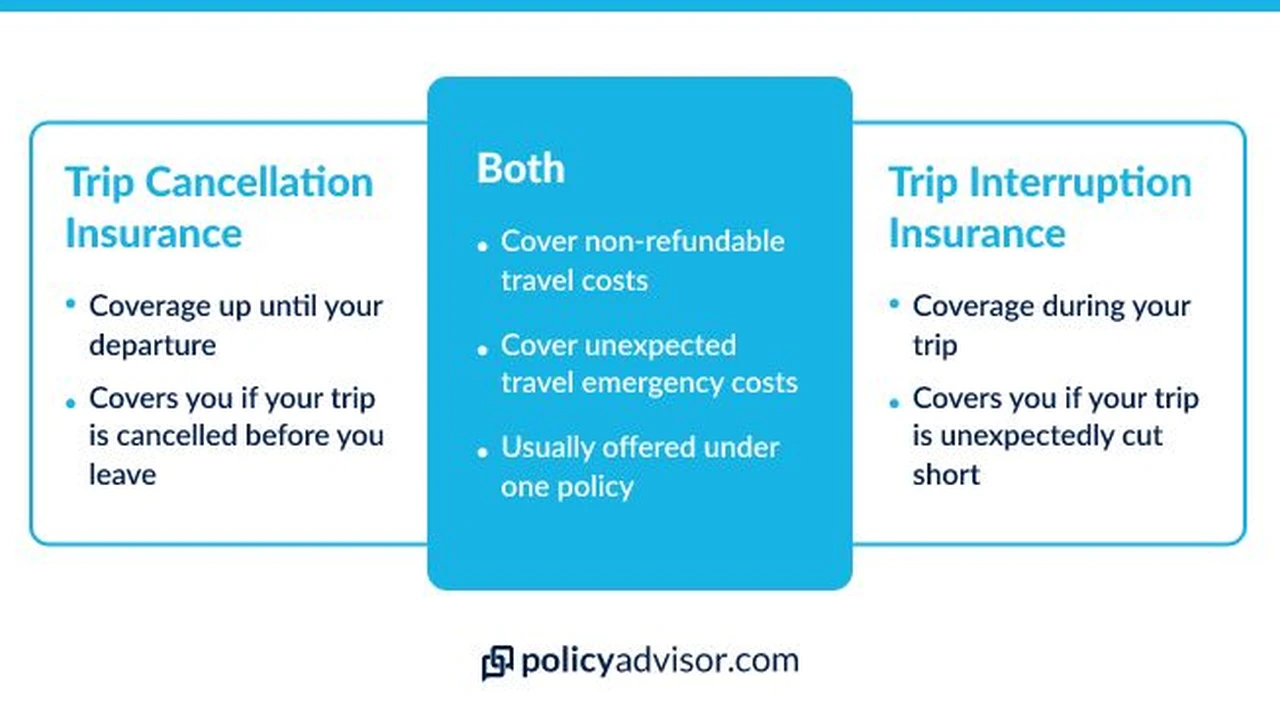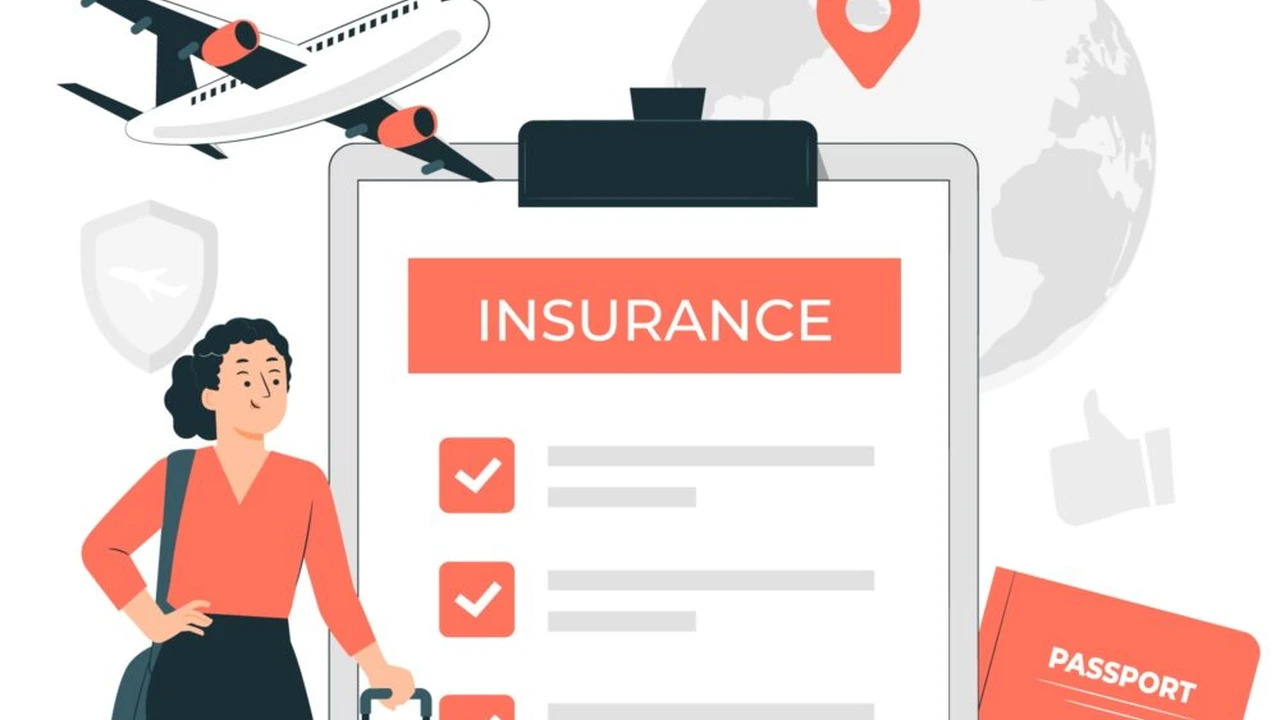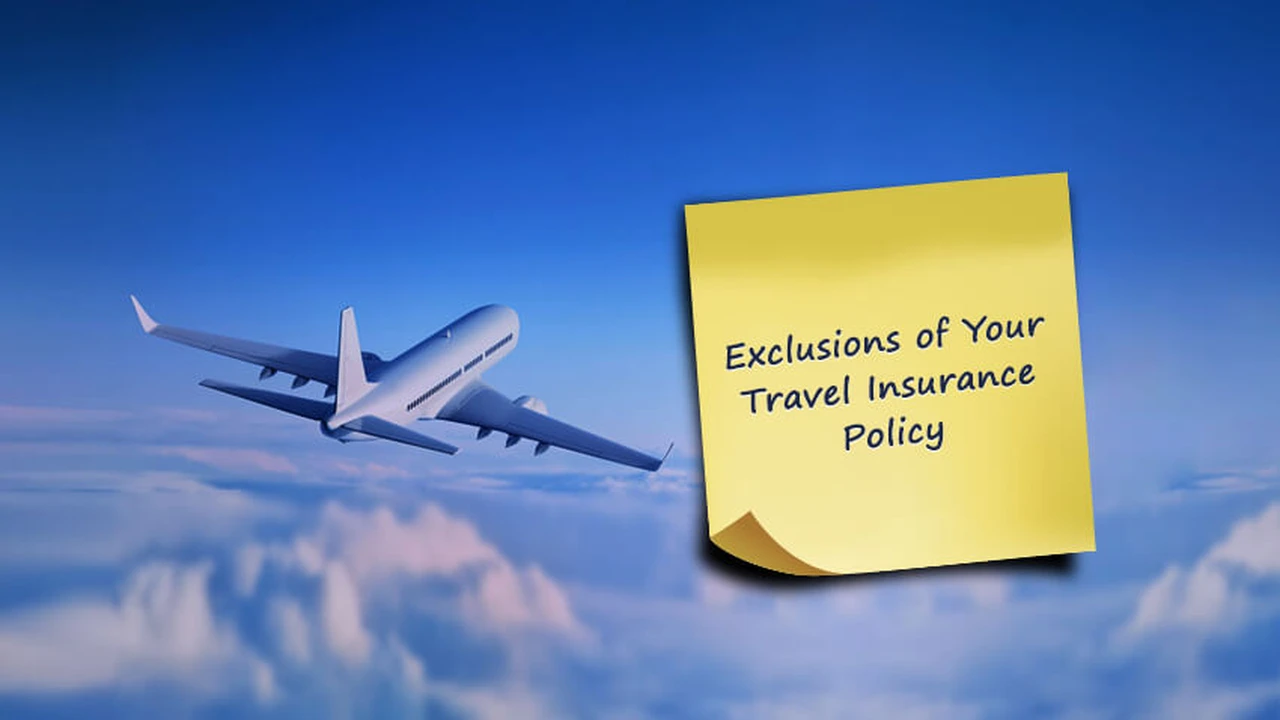Travel Policy Compliance and Cost Control
{ "article": [ { "title": "Travel Policy Compliance and Cost Control", "meta_description": "Discover the direct link between high travel policy compliance and effective cost management for businesses.", "content": "Discover the direct link between high travel policy compliance and effective cost management for businesses.\n\n

\n\n
Understanding the Core Connection Between Compliance and Savings
\n\nHey there! Ever wondered why some companies seem to effortlessly keep their travel budgets in check while others are constantly battling overspending? A huge part of that secret sauce lies in something called 'travel policy compliance.' It might sound a bit dry, but trust me, it's where the magic happens when it comes to saving money on business travel. Think of it this way: your travel policy is like the rulebook for how your employees spend company money on trips. When everyone sticks to that rulebook, you avoid unnecessary expenses, get better deals, and ultimately, save a ton of cash. It’s not just about saying 'no' to fancy hotels; it’s about creating a system where smart spending is the norm, not the exception.\n\nThe Hidden Costs of Non-Compliance Unveiled
\n\nSo, what happens when employees don't follow the rules? Well, it's not just a minor inconvenience; it can hit your bottom line hard. We're talking about a whole host of hidden costs that can quickly add up. First off, there's the obvious: employees booking more expensive flights or hotels than allowed. But it goes deeper. Think about last-minute bookings when a cheaper option was available weeks ago. Or choosing non-preferred vendors who don't offer your company negotiated discounts. Then there are the administrative headaches: finance teams spending countless hours chasing down receipts, clarifying out-of-policy expenses, and manually processing reimbursements. This isn't just annoying; it's a massive drain on productivity and resources. Plus, there's the risk of fraud or misuse of company funds, which can have serious financial and reputational consequences. Non-compliance can also lead to inconsistent data, making it super hard to analyze your spending patterns and identify areas for future savings. It's like trying to navigate a maze blindfolded – you're bound to bump into a lot of unexpected costs.\n\nBuilding a Robust Travel Policy for Maximum Compliance
\n\nOkay, so how do you get everyone on board? It starts with a well-crafted travel policy. This isn't just a document; it's a living guide. First, make it clear and concise. No one wants to read a 50-page legal document. Use plain language, bullet points, and examples. Second, involve your employees in the creation process. When people feel like they have a say, they're more likely to buy in. Conduct surveys, hold focus groups, and get their feedback. Third, ensure it's fair and reasonable. If your policy is too restrictive, employees might try to find loopholes or simply ignore it. Balance cost savings with employee comfort and productivity. Fourth, define clear approval processes. Who needs to approve what? How long does it take? Transparency here is key. Fifth, clearly outline what's covered and what's not. Be specific about flight classes, hotel star ratings, meal allowances, and ground transportation. Finally, make sure it's easily accessible. Put it on your company intranet, send out regular reminders, and even consider a dedicated travel portal.\n\nCommunication and Training The Compliance Cornerstones
\n\nHaving a great policy is one thing; making sure everyone knows about it and understands it is another. Communication is absolutely vital. Don't just send it out once and forget about it. Regularly remind employees about the policy, especially before major travel periods. Use multiple channels: email, internal newsletters, team meetings. But communication isn't enough; training is crucial. For new hires, make travel policy a part of their onboarding. For existing employees, offer refresher courses, especially when there are updates to the policy or new tools are introduced. These training sessions shouldn't just be about reciting rules; they should explain the 'why' behind the policy. Help employees understand how compliance benefits them (e.g., faster reimbursements, clearer expectations) and the company (e.g., keeping the business healthy). Interactive workshops, FAQs, and even short video tutorials can be super effective. The goal is to empower employees to make compliant choices, not just force them to.\n\nLeveraging Technology for Seamless Compliance and Cost Control
\n\nThis is where things get really exciting! Technology is your best friend when it comes to boosting compliance and slashing costs. Forget manual spreadsheets and endless email chains. Modern travel management platforms are game-changers. Let's talk about some specific tools and how they help:\n\nOnline Booking Tools OBTs for Policy Enforcement
\n\nOnline Booking Tools (OBTs) are fantastic for guiding employees to compliant choices right from the start. They integrate your travel policy directly into the booking process. For example, if your policy says economy class for flights under 6 hours, the OBT will only show economy options or flag business class as out-of-policy. If a hotel rate exceeds your limit, it'll be highlighted. This proactive enforcement saves so much time and prevents out-of-policy bookings before they even happen. Many OBTs also have built-in approval workflows, so managers can quickly review and approve trips that might be slightly outside the norm but are justified. Some popular OBTs include:\n\n- \n
- SAP Concur Travel: This is a big player, offering a comprehensive suite for travel and expense management. It's highly customizable, allowing you to embed complex policy rules. It's great for larger enterprises with diverse travel needs. \n
- TripActions (now Navan): Known for its user-friendly interface and AI-powered recommendations. It incentivizes compliant behavior by offering rewards for choosing cost-effective options. It's particularly strong for companies looking to improve employee experience alongside compliance. \n
- Egencia (an Expedia Group company): Offers a global platform with strong inventory and policy enforcement capabilities. It's good for companies with significant international travel. \n
- TravelPerk: Focuses on flexibility and a great user experience, with a strong emphasis on policy enforcement and real-time reporting. It's popular with fast-growing tech companies. \n
Expense Management Systems for Post-Trip Compliance
\n\nOnce the trip is over, expense management systems step in. These tools automate the expense reporting process and, crucially, help enforce policy after the fact. Employees can easily snap photos of receipts, and the system uses OCR (Optical Character Recognition) to extract data. Then, it automatically flags expenses that are out of policy – maybe a meal expense is over the limit, or a taxi ride was taken when public transport was required. This significantly reduces the manual work for finance teams and ensures that non-compliant spending is identified and addressed quickly. Many also integrate with corporate credit cards, automatically pulling in transactions.\n\n- \n
- Expensify: Very popular for its user-friendly mobile app and SmartScan feature. It's great for small to medium-sized businesses (SMBs) and offers robust policy enforcement. \n
- Rydoo: Focuses on simplifying expense management with a strong emphasis on automation and policy compliance. It's known for its clean interface. \n
- Fyle: Offers real-time expense tracking and policy enforcement, integrating directly with credit cards and accounting software. It's good for companies looking for immediate visibility into spending. \n
- Zoho Expense: Part of the broader Zoho suite, offering a comprehensive and affordable solution for expense reporting and policy management, suitable for SMBs. \n
Data Analytics and Reporting Tools for Continuous Improvement
\n\nThis is where you turn compliance data into actionable insights. Modern travel management platforms come with powerful reporting dashboards. You can see at a glance who's compliant, where out-of-policy spending is happening, which vendors are being used most, and where you might be overspending. This data allows you to identify trends, pinpoint problem areas, and even renegotiate with vendors based on your actual spending volume. It's not just about catching non-compliance; it's about understanding the 'why' behind it and using that information to refine your policy and strategies. For example, if everyone is consistently going over the meal allowance in a specific city, maybe the allowance needs to be adjusted for that location.\n\n- \n
- Most of the OBTs and expense management systems mentioned above (Concur, Navan, Egencia, Expensify, Rydoo) have robust built-in reporting and analytics features. \n
- For more advanced, cross-platform analysis, you might consider integrating with business intelligence (BI) tools like Tableau or Microsoft Power BI, though this requires more technical expertise. \n
:max_bytes(150000):strip_icc()/277019-baked-pork-chops-with-cream-of-mushroom-soup-DDMFS-beauty-4x3-BG-7505-5762b731cf30447d9cbbbbbf387beafa.jpg)






